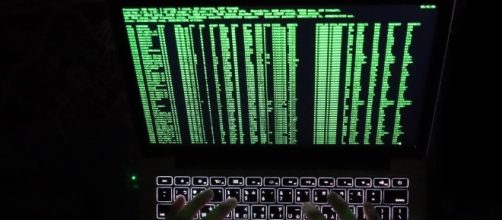Reports indicate that there is more computer malware that may very well have infected your device already -- though experts say it's very likely you never knew it was there. A CNN report asserts that instead of displaying a ransom note like the recent WannaCry virus that infected more than 300,000 computers, Adylkuzz is not at all noticeable. In fact, the only way to tell that the virus is even on your machine is by noting your computer's slightly slower-than-usual operation.
The malware remains undetected on host computers
Experts indicate that the malware capitalizes on the same weakness in the Windows software programs to install itself on unsuspecting computers, but instead of revealing itself to users, it operates in the background to create a sort of "mining software system" that creates cryptocurrency -- or digital money.
Since cryptocurrency is almost exclusively generated by raw computing power, the goal of the virus is simple: infect as many computers as possible, in order to return the maximum amount of profit.
Sources indicate that the malware was inadvertently discovered by Proofpoint, a company well known for its top-of-the line security software. The company's site boasts that its customers include the "top 5 banks" and "7 of the 10 global retailers." Proofpoint happened to be researching the WannaCry virus at the time.
According to Darien Huss, Proofpoint's senior security research engineer, the Adylkuzz malware is substantially more worrisome than most he's seen, as "it can definitely go undetected for weeks if not months."
The bug began infecting computers in early May
According to time stamps, the bug began to infect computers sometime around May 2 -- more than a week before WannaCry made itself known.
As of Thursday, its infected around 150,000 machines worldwide.
Symantec, another global security firm, indicates that the Adylkuzz malware isn't spreading as quickly as WannaCry did because most Internet providers are blocking it as soon as they become aware of it. Additionally, the bug can't download itself to other computers -- the creator has to manually find vulnerable machines online and download the malware directly to them.
Huss also added that the malware has an interesting function not commonly found in most computer bugs. In its effort to remain undetectable and work in the background of machines, it actually prevents other bugs and viruses from uploading themselves to the computers it infects. In other words? The malware acts as its own sort of private security system. This means that none of the 150,000 computers infected by Adylkuzz were susceptible to the WannaCry bug. Sources claim that this may be one of the reasons it took so long for experts to find it.


